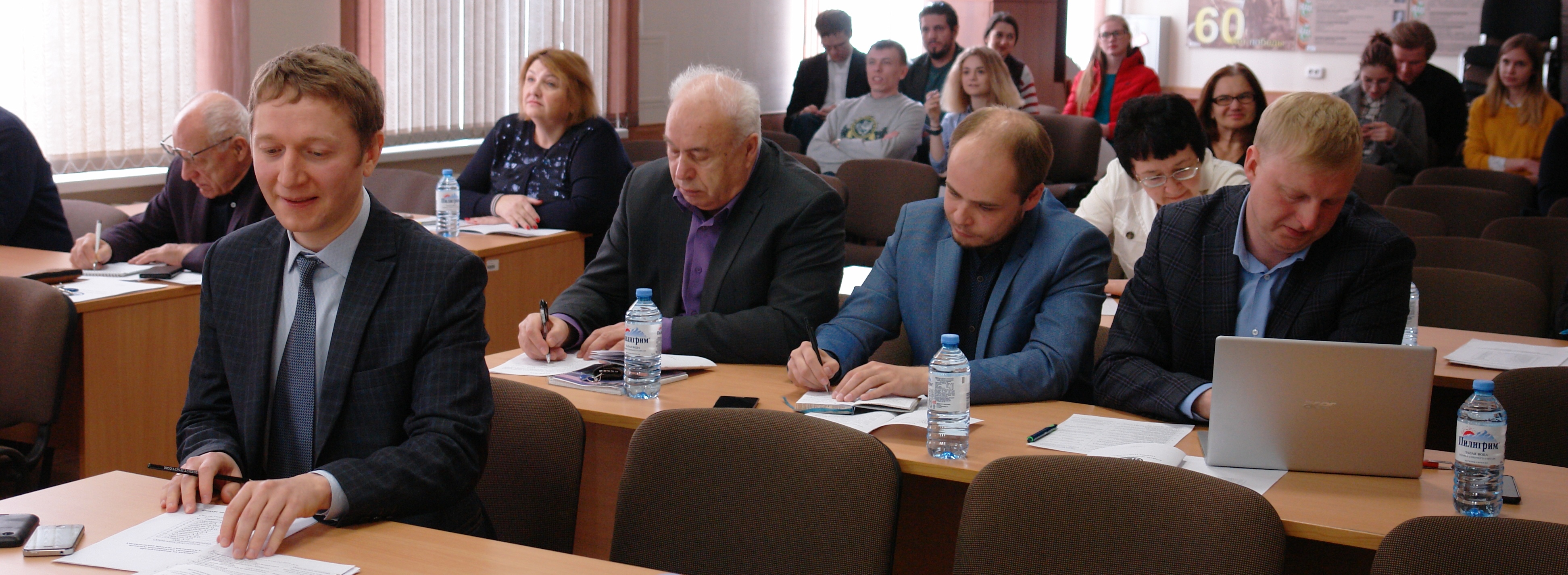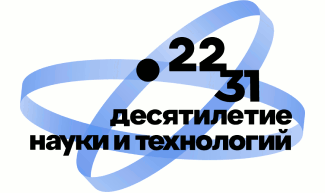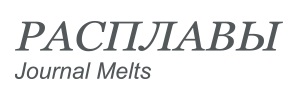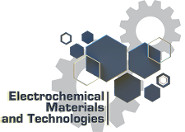An annual competition of young scientists was held at the Institute of High Temperature Electrochemistry of the Ural Branch of the Russian Academy of Sciences on April, 17.


The first place was taken by the researcher and post-graduate student Maksim Plekhanov from the Laboratory of Cross-cutting Technologies in Distributed Power Generation (Inenergy). He investigates oxide materials with mixed proton, oxygen, and electronic conductivity, which can be successfully used in proton-ceramic fuel cells, hydrogen steam-water pumps, electrolyzers, and other electrochemical devices. In the work presented to the competition, the young scientist modified the proton-conducting electrolyte based on lanthanum scandate by introducing transition metal cations into the scandium sublattice. Maksim has also investigated the effect of transition metals on the transport properties of the electrolyte.
The second place was awarded to the engineer and post graduate student Alexander Davydov from the Laboratory of Molten Salts. Alexander presented a novel model for accounting the polarization interactions between ions in salt melts and applied it for the calculation of melting characteristics and heat content of cesium halide salts. Description and prediction of thermodynamic properties and phase equilibria in molten salt systems is important for solving a variety of material science problems related to energy and nuclear technologies.
The third place was shared by junior researchers Artem Tarutin and Anastasia Galayda from the Laboratory of Cross-cutting Technologies in Distributed Power Generation (Inenergy). Artem investigates the possibility of improving the electrochemical properties of electrode materials based on neodymium-barium nickelate due to chemical modification of the anion sublattice with fluorine. This will help reducing the total resistance of the solid oxide electrochemical cell while decreasing the operating temperatures of the devices up to 500–700 °C, which in turn will significantly increase the durability of electrochemical devices.




